Space News
Livescience
26
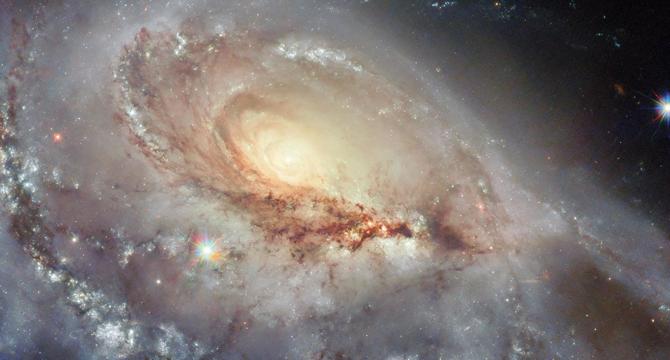
Image Credit: Livescience
Space photo of the week: Bizarre 1-armed spiral galaxy stuns Hubble scientists
- NGC 1961, also known as Arp 184, is a peculiar galaxy with a single spiral arm located 190 million light-years away in the constellation Camelopardalis.
- Hubble's latest image of NGC 1961 showcases its unusual structure with a lone spiral arm, making it a unique addition to the Atlas of Peculiar Galaxies.
- This galaxy has been a target for Hubble due to hosting four supernovas over the past four decades, offering rare opportunities to observe these stellar explosions.
- NGC 1961 was discovered by William Herschel in 1788 and stands out among galaxies for its distinct characteristics, adding to the diversity of cosmic formations in the universe.
Read Full Article
1 Like
Metro
361

Image Credit: Metro
Huge chunk of Soviet rocket may have broken up over southern England
- An out-of-control Soviet spacecraft, Kosmos 482, which launched in 1972 and was intended for Venus, crash-landed back on Earth.
- The descent capsule of Kosmos 482, designed to withstand intense heat, may have broken up over the Indian Ocean according to Roscosmos and Nasa.
- The exact landing site of the spacecraft is uncertain, with predictions pointing to the Indian Ocean west of Jakarta, Indonesia, but a potential wide window of landing sites include southern England.
- European Space Agency confirms the satellite decayed within the estimated re-entry window, with no visual observation of the final re-entry pointing towards a possible ocean landing.
Read Full Article
21 Likes
Mensjournal
83
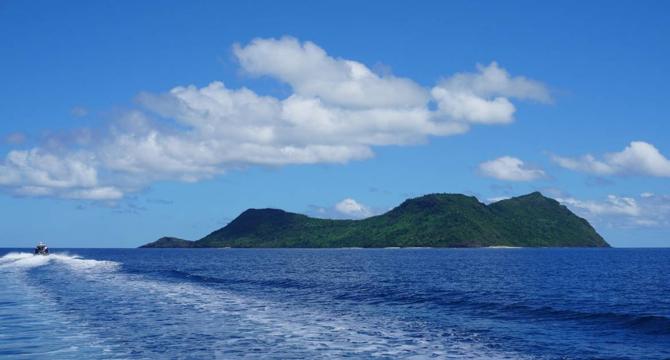
Image Credit: Mensjournal
Soviet Spacecraft Kosmos 482 Crashes to Earth After 53 Years
- Soviet-era spacecraft Kosmos 482 crashes to Earth after 53 years in orbit, falling into the Indian Ocean.
- The spacecraft was launched in 1972 to explore Venus but remained in a high elliptical orbit of Earth due to a malfunction.
- Kosmos 482 broke into pieces after a failed launch, and the descent craft remained in a decaying orbit for over 50 years.
- European Union Space Surveillance and Tracking Agency monitored the controlled re-entry of the spacecraft, predicting a low probability of impact on populated areas.
Read Full Article
5 Likes
Digitaltrends
225
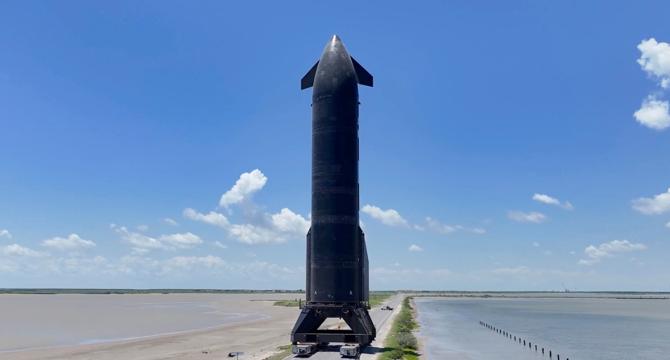
Image Credit: Digitaltrends
Watch SpaceX’s Starship on its way for 9th test flight
- SpaceX is preparing for the ninth test flight of its Starship megarocket at its Starbase facility in Boca Chica, Texas.
- The Starship will be raised atop the first-stage Super Heavy booster, capable of creating around 17 million pounds of thrust at launch.
- The test launch date has not been announced yet, but it is expected to take place before the end of the month.
- NASA plans to use the Starship for crew and cargo missions to the moon as part of the Artemis program, with the goal of landing astronauts on Mars in the 2030s.
Read Full Article
13 Likes
Discover more
Knowridge
110

Image Credit: Knowridge
Roaming black hole devours star in deep space: A rare cosmic event
- Astronomers using NASA’s Hubble Space Telescope observed a massive black hole consuming a star 600 million light-years away in a rare cosmic event known as a tidal disruption event (TDE).
- The TDE, named AT2024tvd, is unique as it occurred far from the center of its host galaxy, indicating the presence of a 'wandering' black hole roaming through the galaxy's outskirts.
- The galaxy hosting AT2024tvd contains two massive black holes, with the wandering one weighing about 1 million solar masses and was confirmed to be in an offset position.
- The discovery of AT2024tvd sheds light on the existence of roaming black holes and may help in identifying more of them through similar tidal disruption events, as suggested by lead study author Yuhan Yao of UC Berkeley.
Read Full Article
6 Likes
Knowridge
167

Image Credit: Knowridge
New quantum theory of gravity could unlock the mysteries of the universe
- Researchers at Aalto University in Finland have developed a new theory that aims to unify all fundamental forces of nature into a 'theory of everything.'
- The new theory treats gravity as a gauge theory, similar to how the other three forces are described, which could potentially bridge the gap between general relativity and quantum field theory.
- This novel approach to gravity is designed to match the symmetries of the standard model of particle physics, offering a promising way to integrate gravity with quantum mechanics.
- While early tests show promise, further work, including the process of renormalization, is required to fully prove the theory's compatibility with existing frameworks.
Read Full Article
10 Likes
Livescience
212
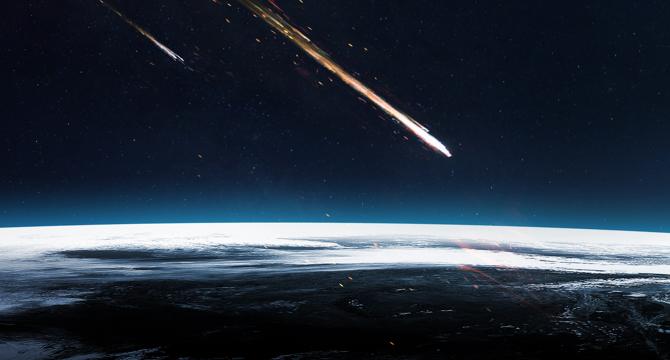
Image Credit: Livescience
Soviet spacecraft Kosmos 482 crashes back to Earth, disappearing into Indian Ocean after 53 years in orbit
- Soviet spacecraft Kosmos 482, designed to land on Venus, crash-landed into the Indian Ocean after 53 years in orbit.
- Launched in 1972, Kosmos 482 was part of the Soviet Union's Venera program but malfunction led to its marooned elliptical orbit around Earth.
- The Kosmos-482 spacecraft disintegrated and fell into the Indian Ocean; no damage or injuries reported.
- Scientists highlight the growing risk of hazardous debris orbiting Earth's skies, emphasizing the low likelihood of anyone being harmed by falling space debris.
Read Full Article
12 Likes
Knowridge
203

Image Credit: Knowridge
Scientists reveal stunning 3D view of cosmic cliffs with Webb Telescope
- NASA's James Webb Space Telescope captured stunning 3D images of the universe, including the 'Cosmic Cliffs,' in July 2022.
- The 'Cosmic Cliffs' are part of Gum 31, housing a star cluster known as NGC 3324 in the Carina Nebula Complex, sculpted by stellar winds and ultraviolet light.
- A new 3D visualization project by NASA's Universe of Learning, 'Exploring the Cosmic Cliffs in 3D,' offers a virtual experience showcasing the unique features of the Cosmic Cliffs.
- The visualization allows viewers to understand the scale and complexity of the universe, revealing details like newborn stars forming within the gas and dust clouds of the Cosmic Cliffs.
Read Full Article
12 Likes
Armaghplanet
154
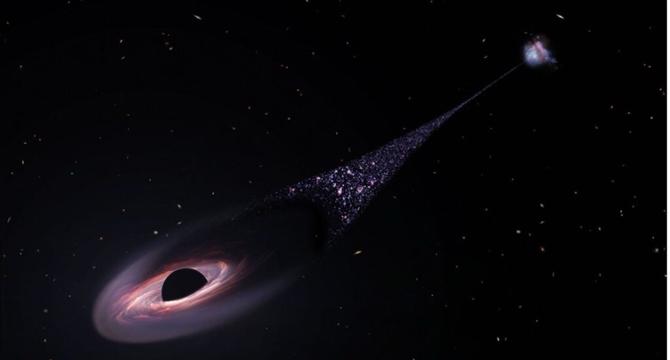
Image Credit: Armaghplanet
Celebrating Black Hole Week with a Spotlight on a Research Paper
- Astronomers from Yale University discovered an unusual straight line next to a galaxy over 10 billion light years away during observations from the Hubble Space Telescope.
- The thin line pointed directly at the center of a nearby dwarf galaxy, almost half as bright as its neighbor, and was found to be some 200 thousand light years long.
- Further examination revealed that the dwarf galaxy had merged with another galaxy about 100 million years ago, resulting in higher star formation rates and other unique qualities.
- When galaxies merge, the black holes at their centers also interact, potentially leading to the expulsion of a black hole, which could explain the observed bizarre line in the observations.
- The observed feature was interpreted as a black hole being ejected from the galaxy, travelling through space at an incredibly high speed and causing stars to form in its wake.
- This phenomenon, termed a runaway black hole, is a rare and fascinating event, with the ejected black hole being 40 times larger than the Sun and moving at 16,000 kilometers per second.
- The discovery was described as a serendipitous find by lead researcher Pieter van Dokkum and showcases the exciting and unexpected phenomena that can be observed in the universe.
- Advancements in technology and telescopes offer promise for uncovering more wondrous astronomical events in the future, pushing the boundaries of our understanding of the cosmos.
- This discovery adds to the collection of extraordinary astronomical phenomena, with the potential for more such discoveries on the horizon as our observational tools improve.
Read Full Article
9 Likes
Livescience
123
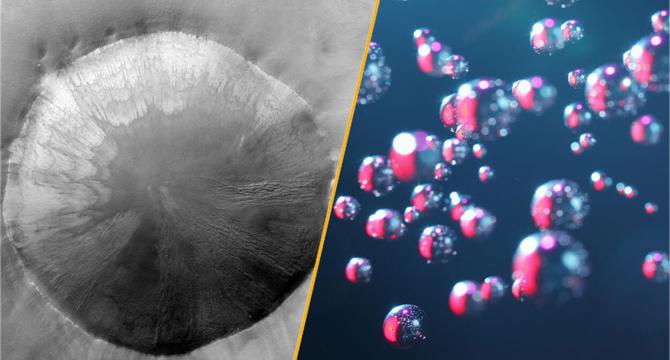
Image Credit: Livescience
Science news this week: Wave patterns on Mars and 'free-range' atom clouds
- High-resolution satellite imagery has revealed wave-like soil patterns on Mars that resemble those found on Earth, possibly offering insights into Mars' climate history and the search for signs of life.
- Archaeologists in Hungary discovered a rare stash of metal artifacts dating back to the Late Bronze Age and Early Iron Age, suggesting the hilltop as a seat of power in ancient communities.
- Archaeologists use various methods, from DNA analysis to bone measurements, to determine the biological sex of skeletons found in their excavations.
- Physicists at MIT have observed free-floating atoms interacting in space, confirming principles of quantum mechanics, which may aid future investigations into quantum phenomena.
- Rare genetic mutations allow some individuals to thrive on only 4 hours of sleep, according to recent research findings.
- Recent reports indicate invasive Asian needle ants are increasing in the US Southeast, with their bites capable of triggering anaphylaxis.
- Studies and excavations in Viking Scandinavia suggest that some women were warriors, challenging traditional perceptions of gender roles in history.
- A rare carnivorous snail from New Zealand was observed laying an egg through a 'genital pore' in its neck for the first time, shedding light on the snail's elusive life cycle.
- Sir David Attenborough celebrated his 99th birthday this week, and insights about La Niña, climate change impacts, and 'murder prediction' algorithms were shared in notable articles.
- Stay informed with Live Science's social media channels for the latest science news and discoveries.
Read Full Article
7 Likes
Spaceflightnow
402

Rocket Lab to debut point-to-point cargo transportation capability on 2026 Air Force mission
- Rocket Lab plans to demonstrate the reusability of its Neutron rocket with a 'return-to-Earth' mission in 2026 for the U.S. Air Force Research Laboratory.
- The mission is part of the Rocket Experimentation for Global Agile Logistics (REGAL) program aiming for point-to-point cargo transportation using orbital rockets.
- Neutron's re-entry and rocket reusability align with the DoD's space technology goals, with a multi-manifest mission planned where AFRL's experiment will re-enter Earth's atmosphere.
- Rocket Lab's Neutron rocket is undergoing qualification and assembly, set to debut in 2025, with the rocket's second stage already completed and stage one in progress.
- The AFRL's REGAL program seeks to support DoD transportation logistics and is part of the Air Force's Vanguard programs focusing on advancing weapon systems and logistics capabilities.
- Sierra Space's Ghost decelerator spacecraft contract aims to enhance point-to-point logistics, while the Air Force plans to construct landing pads for re-entry vehicle landings at Johnston Atoll.
- Rocket Lab reported 100% success in five Electron rocket launches in Q1 2025, with plans for over 20 launches in the year, but reusability efforts for Electron are currently paused to focus on Neutron development.
Read Full Article
24 Likes
Spaceflightnow
402

Live coverage: SpaceX to launch 28 Starlink satellites on Falcon 9 rocket from Cape Canaveral
- SpaceX is scheduled to launch its 900th Starlink satellite of the year on the Starlink 6-91 mission.
- The mission will add 28 Starlink V2 Mini Optimized satellites to the existing constellation of over 7,400 satellites in low Earth orbit.
- This launch will mark SpaceX's 250th Falcon 9 rocket launch from Space Launch Complex 40 at Cape Canaveral Space Force Station.
- The liftoff is scheduled for Saturday, May 10, with live coverage available on Spaceflight Now, despite concerns over weather conditions due to incoming storms in the area.
Read Full Article
24 Likes
Nasa
274
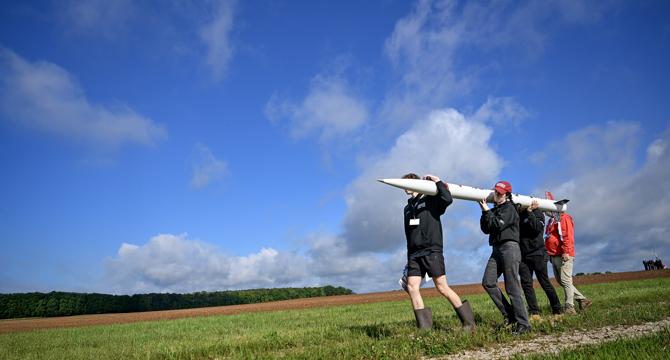
Image Credit: Nasa
25 Years of NASA Student Launch
- Over 980 middle school, high school, and college students participated in NASA's 2025 Student Launch competition at Toney, Alabama.
- The event marked the 25th anniversary, where students follow the NASA engineering design lifecycle for nine months leading up to launch day.
- This year's task focused on communication, with teams required to have 'reports' from STEMnauts inside their rockets relaying real-time data to mission control.
- The Artemis Student Challenge was inspired by NASA's Artemis missions, aiming to send astronauts to explore the Moon and build towards crewed missions to Mars.
Read Full Article
16 Likes
Nasa
358
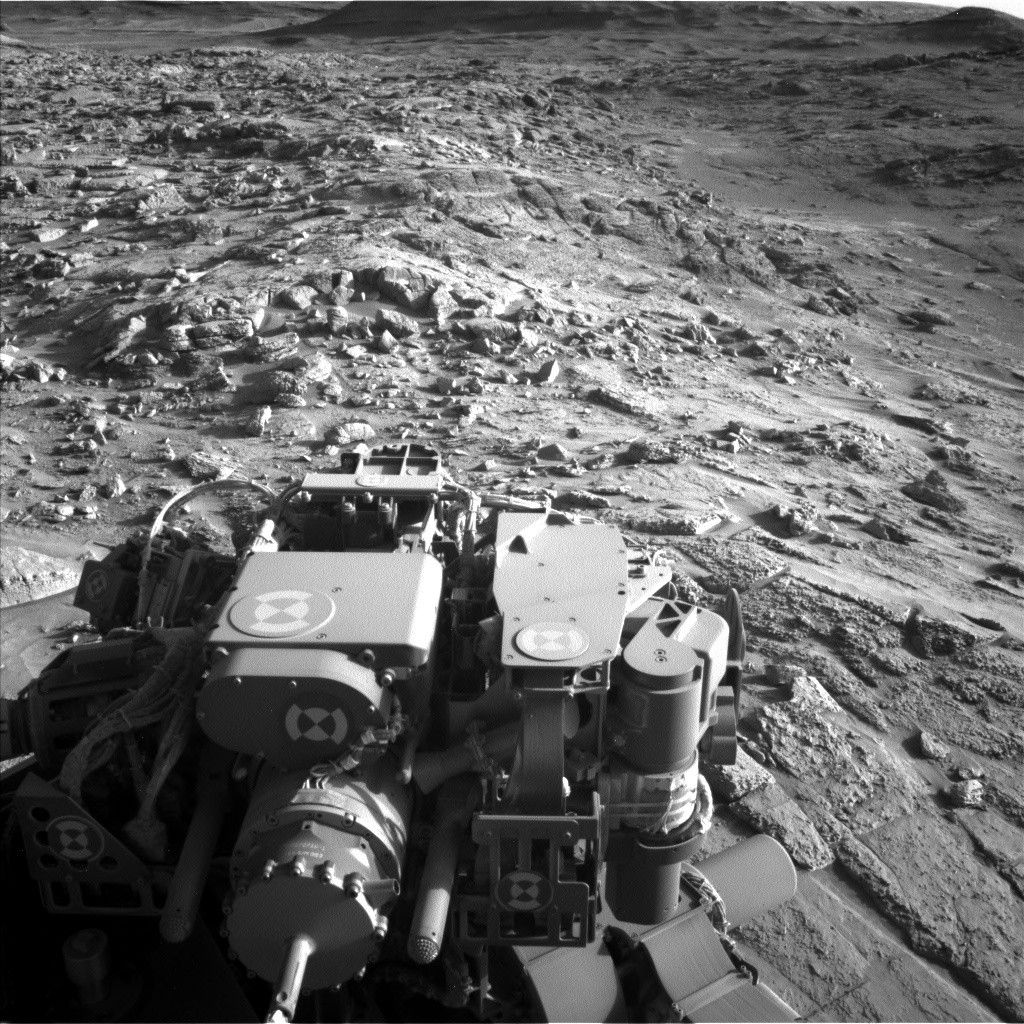
Image Credit: Nasa
Sols 4534-4535: Last Call for the Layered Sulfates? (West of Texoli Butte, Headed West)
- Curiosity rover on Mars is exploring the transition between rougher-textured layered sulfates to smoother-appearing surface cross-cut with boxwork features.
- The rover focused on collecting observations of the previous unit of layered sulfates, using instruments like APXS, ChemCam LIBS, and MAHLI for geochemical measurements and high-resolution imaging.
- ChemCam targeted a scour feature on Texoli butte, indicating ancient wind events during the deposition of the layers.
- Future plans include imaging the sulfate/boxwork unit contact, covering honeycomb features in nearby blocks, and monitoring the modern Martian environment post-drive.
Read Full Article
21 Likes
For uninterrupted reading, download the app